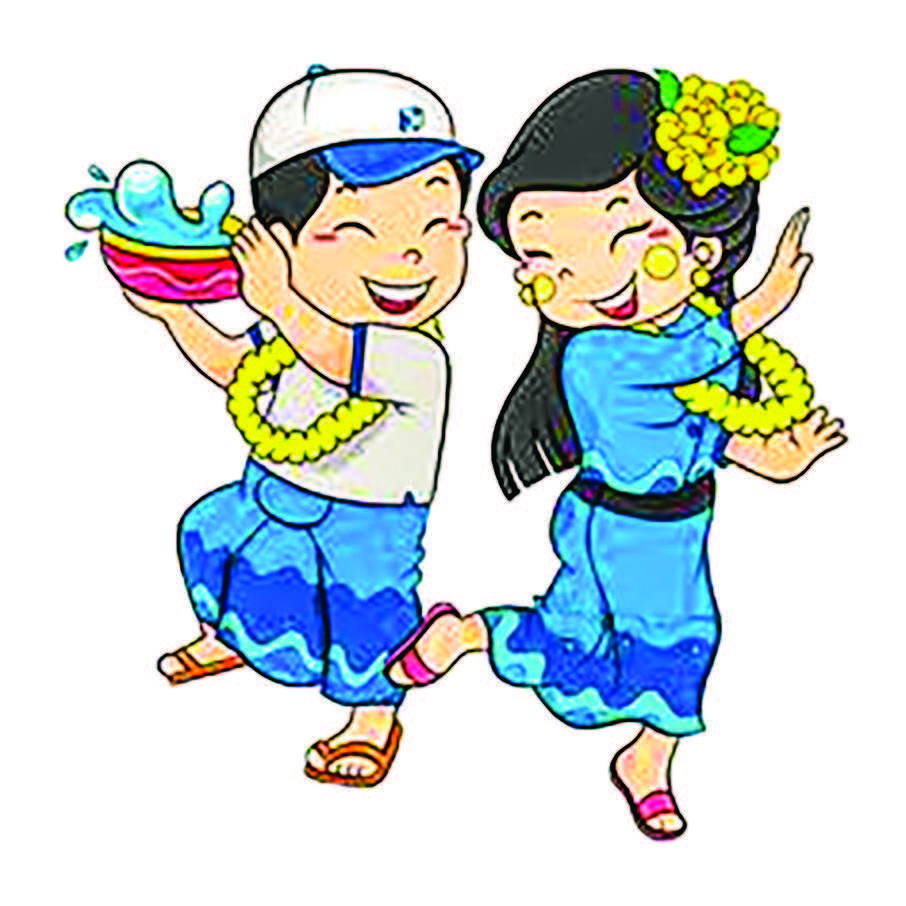By Dr Than Lwin Tun
The Myanmar Water Festival, locally known as Thingyan, is one of the most significant and widely celebrated events in Myanmar. The following are some significant realities about the festival;
Cultural Significance: Thingyan marks the traditional Myanmar New Year and is celebrated with great willingness and enthusiasm across the country. It usually falls in mid-April, and the 17th of April is the first day of the Myanmar New Year.
Water Symbolism: Water is the central theme of the festival, symbolizing the washing away of the previous year’s misfortunes and sins and welcoming the new year with a fresh start. People engage in water fights, wetting each other with water from buckets, pipes, and water guns.
Religious Observances: The festival also has religious significance, with Buddhists visiting pagodas and monasteries to make offerings, listen to sermons, and perform merit-making activities. It’s a time for spiritual reflection and renewal.
Street Celebrations: Streets across Myanmar transform into lively water-splashing zones during Thingyan. People of all ages participate in the events, dancing to music blaring from speakers, enjoying street food, and engaging in friendly water battles.
Community Unity: Thingyan brings communities together, fostering a sense of unity and friendship as people join hands to celebrate the new year. It’s a time when social barriers are relaxed, and people from all walks of life come together to enjoy the celebrations.
Traditional Customs: Traditional customs and ceremonies are observed during Thingyan, including the pouring of scented water over Buddha images, symbolic cleansing of homes and possessions, and the offering of food to monks and elders.
Pandal Decorations: Attractively decorated pandals or stages are set up in towns and cities, featuring colourful displays, performances, and cultural shows. These pandals serve as focal points for community gatherings and entertainment.
Modern Adaptations: While Thingyan has deep traditional roots, it has also evolved with modern influences. In urban areas, there are concerts, dance parties, and other modern forms of entertainment alongside traditional celebrations.
Tourist Attraction: Thingyan attracts both domestic and international tourists, drawn by the vibrancy and exuberance of the festivities. It’s a unique cultural experience that offers visitors a glimpse into Myanmar’s rich heritage and traditions.
Generally, Thingyan is a joyous celebration that expands the spirit of renewal, unity, and prosperous community in Myanmar.


